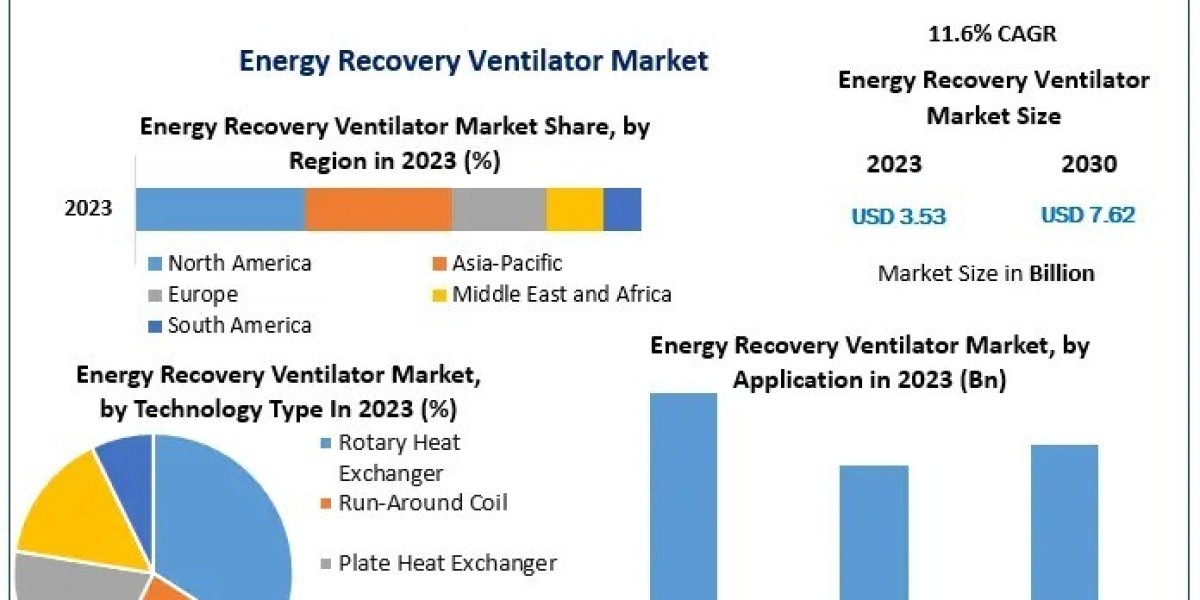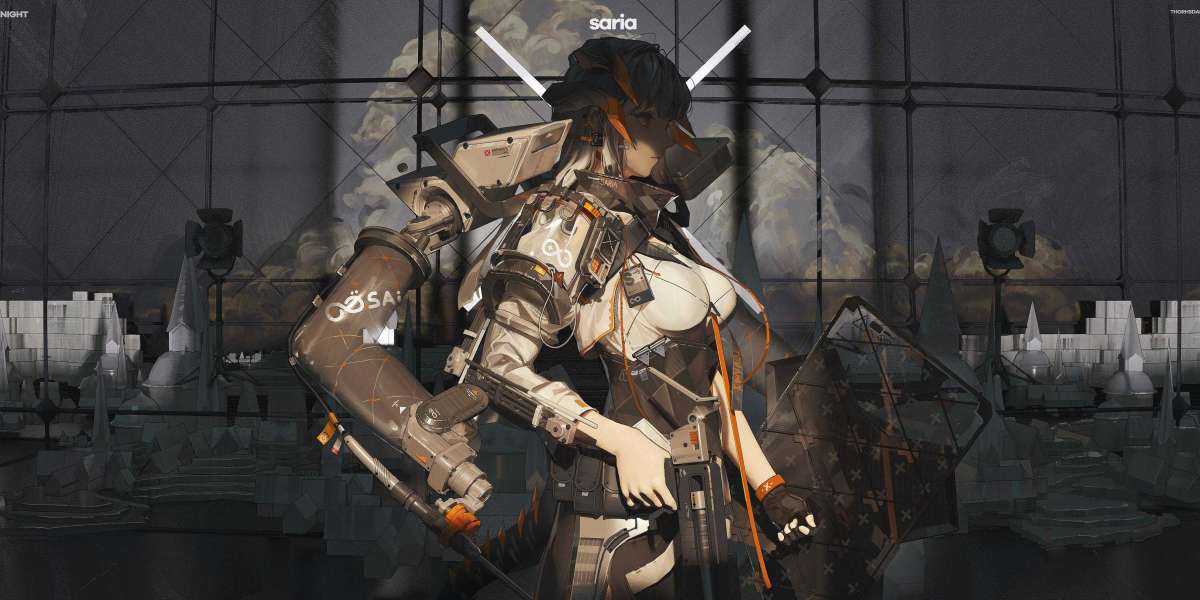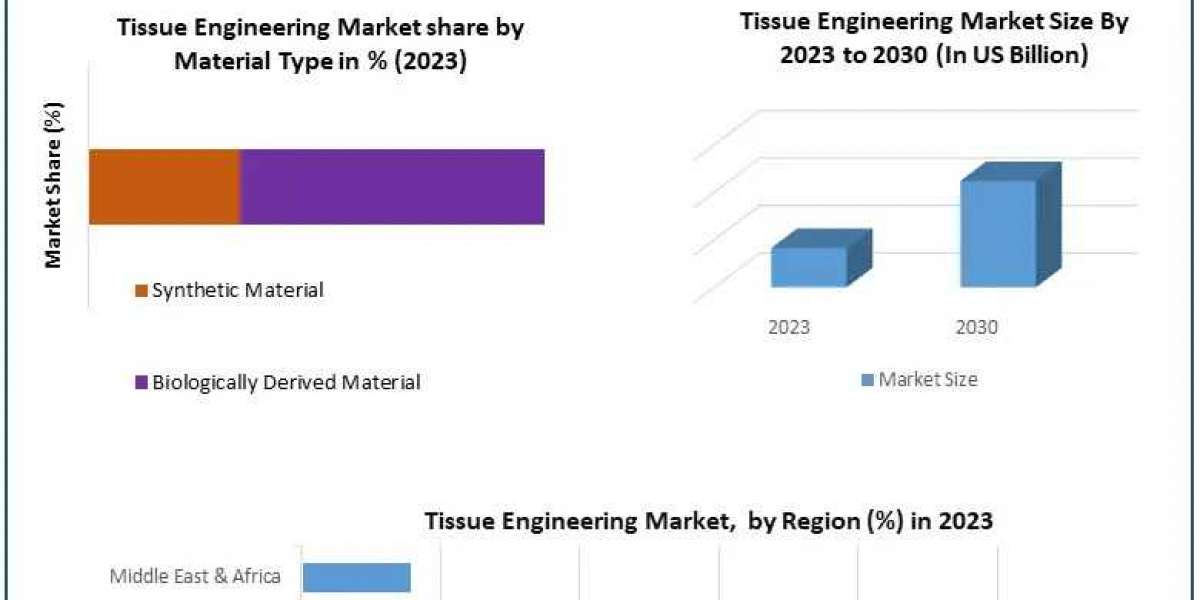Energy Recovery Ventilator Market Set to Reach USD 7.62 Billion by 2030
The Energy Recovery Ventilator Market Growth is experiencing significant growth, with projections indicating a rise from USD 3.44 billion in 2022 to USD 7.62 billion by 2030, reflecting a compound annual growth rate (CAGR) of 11.60% during the forecast period.
Market Definition and Overview
Energy recovery ventilators are systems designed to improve indoor air quality by exchanging the energy contained in normally exhausted building air and using it to treat (precondition) the incoming outdoor ventilation air. This process not only enhances air quality but also reduces the energy required to heat or cool the incoming air, leading to substantial energy savings. ERVs are integral components in heating, ventilation, and air conditioning (HVAC) systems, particularly in modern buildings that emphasize energy efficiency and occupant comfort.
Request Sample Link for More Details:https://www.maximizemarketresearch.com/request-sample/531/
Market Growth Drivers and Opportunities
Several factors are propelling the growth of the ERV market:
Increasing Demand for Indoor Air Quality and Energy Efficiency
As awareness of the health impacts of indoor air quality rises, there is a growing demand for systems that can provide fresh air while maintaining energy efficiency. ERVs address this need by recovering energy from exhausted air to condition incoming air, thereby improving indoor environments and reducing energy consumption.
Supportive Building Codes and Standards
Governments and regulatory bodies worldwide are implementing stringent building codes and standards that promote energy efficiency and sustainable building practices. These regulations often mandate the use of energy recovery systems in new constructions and major renovations, thereby driving the adoption of ERVs.
Growth in Green Building Construction
The increasing trend towards green building construction, which emphasizes sustainability and energy efficiency, is boosting the demand for ERVs. These systems are essential components in achieving certifications such as LEED (Leadership in Energy and Environmental Design), as they contribute to improved energy performance and indoor environmental quality.
Technological Advancements in ERV Systems
Continuous advancements in ERV technology, including the development of more efficient heat exchangers and controls, are enhancing system performance and reliability. These innovations are making ERVs more attractive to building owners and operators, further driving market growth.
Get to Know More About This Market Study:https://www.maximizemarketresearch.com/market-report/global-energy-recovery-ventilator-market/531/
Segmentation Analysis
The ERV market is segmented based on technology type and application:
By Technology Type:
Plate Heat Exchanger
Plate heat exchangers are widely used in ERVs due to their simple design and high efficiency. They consist of multiple thin plates that facilitate heat transfer between the outgoing and incoming air streams without mixing them.
Heat Pipe Heat Exchanger
Heat pipe heat exchangers utilize the phase change of a working fluid to transfer heat between air streams. They are known for their high heat transfer efficiency and reliability.
Rotary Heat Exchanger
Rotary heat exchangers, also known as enthalpy wheels, rotate between the exhaust and supply air streams, transferring heat and moisture. They are effective in both sensible and latent heat recovery.
Run-Around Coil
Run-around coil systems use a pumped fluid circuit to transfer heat between separate supply and exhaust air streams. They are suitable for applications where air streams cannot be mixed.
Request Sample Link for More Details:https://www.maximizemarketresearch.com/request-sample/531/
By Application:
Residential
In residential applications, ERVs are used to provide fresh air while maintaining energy efficiency. They are particularly beneficial in modern, airtight homes where natural ventilation is limited.
Commercial
Commercial buildings, such as offices, retail spaces, and educational institutions, utilize ERVs to improve indoor air quality and reduce HVAC energy consumption. The growing emphasis on employee well-being and productivity is driving the adoption of ERVs in this sector.
Industrial
In industrial settings, ERVs help maintain indoor air quality by removing contaminants and providing conditioned fresh air. They are essential in facilities where processes generate pollutants or require strict environmental control.
Regional Insights
The ERV market exhibits varying trends across different regions:
North America
North America leads the ERV market, driven by stringent building codes and a strong emphasis on energy efficiency. The region's focus on sustainable building practices and the renovation of existing structures to meet modern standards contribute to the high adoption of ERVs.
Europe
Europe follows closely, with significant investments in energy-efficient technologies and a robust regulatory framework supporting sustainable construction. The region's commitment to reducing carbon emissions and enhancing building performance fuels the demand for ERVs.
Asia-Pacific
The Asia-Pacific region is experiencing rapid growth in the ERV market, attributed to increasing urbanization, rising construction activities, and growing awareness of indoor air quality. Countries like China and India are witnessing substantial investments in commercial and residential buildings, creating opportunities for ERV adoption.
Competitive Landscape
The ERV market is characterized by the presence of several key players focusing on strategic initiatives to expand their market share. Major companies in the industry include:
Greenheck Fan Corporation
Greenheck is a leading manufacturer of air movement and control equipment, including ERVs. The company has been investing in expanding its manufacturing capabilities to meet the growing demand for ERV systems.
Nortek Air Solutions, LLC
Nortek offers a range of HVAC solutions, including ERVs designed for various applications. The company focuses on developing innovative products that enhance indoor air quality and energy efficiency.
Daikin Industries, Ltd.
Daikin is a global leader in HVAC systems, offering advanced ERV solutions that integrate seamlessly with their heating and cooling products. The company's emphasis on research and development drives continuous product improvement.
Johnson Controls International plc
Johnson Controls provides a comprehensive portfolio of building technologies, including ERVs that contribute to sustainable and energy-efficient building operations.
Future Outlook
The ERV market is poised for continued growth, driven by increasing awareness of indoor air quality, supportive regulatory frameworks, and advancements in technology. The integration of smart controls and the development of more efficient heat exchange materials are expected to further enhance ERV performance and adoption. As the construction industry continues to prioritize sustainability, the demand for ERVs is anticipated to rise, offering significant opportunities for market participants.
Conclusion
The global energy recovery ventilator market is on a robust growth trajectory, propelled by factors such as the rising demand for improved indoor air quality, supportive building codes, and the proliferation of green building practices. With ongoing technological advancements and a growing emphasis on energy efficiency, ERVs are set to become an integral component of modern HVAC systems. Industry stakeholders, including manufacturers, building owners, and policymakers, must collaborate to promote the adoption of ERVs and realize the associated environmental and economic benefits.
For additional insights, visit:
Pink Himalayan Salt Market https://www.maximizemarketresearch.com/market-report/global-pink-himalayan-salt-market/109972/
Linen Fabric Market https://www.maximizemarketresearch.com/market-report/global-linen-fabric-market/85858/
Formaldehyde Market https://www.maximizemarketresearch.com/market-report/global-formaldehyde-market/23567/
About Maximize Market Research:
Maximize Market Research is a multifaceted market research and consulting company with professionals from several industries. Some of the industries we cover include medical devices, pharmaceutical manufacturers, science and engineering, electronic components, industrial equipment, technology and communication, cars and automobiles, chemical products and substances, general merchandise, beverages, personal care, and automated systems. To mention a few, we provide market-verified industry estimations, technical trend analysis, crucial market research, strategic advice, competition analysis, production and demand analysis, and client impact studies.
Contact Maximize Market Research:
MAXIMIZE MARKET RESEARCH PVT. LTD.
⮝ 3rd Floor, Navale IT park Phase 2,
Pune Banglore Highway, Narhe
Pune, Maharashtra 411041, India.
✆ +91 9607365656
? sales@maximizemarketresearch.com
? www.maximizemarketresearch.com








